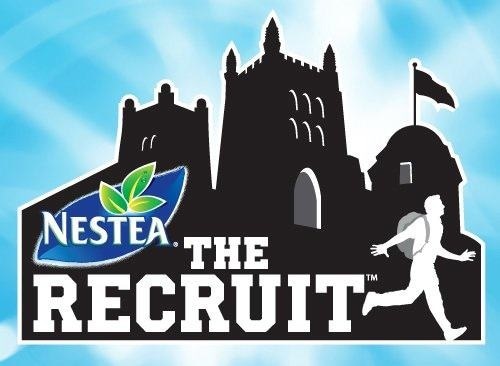
From the Marketing Plan assignments, I learned that teams work best when there is a lot of open dialogue and disagreement. With each disagreement, we were able to grow more certain that we were going down the path we wanted. Regarding myself, I learned I am more comfortable not being the initiator in the group. I also learned that gaining a deep understanding of your target segment is extremely important.
Because of this project, I was able to enhance my teamwork skills and business writing skills. I always find group decisions and editing 5 voices into 1 to be interesting. This experience has made me a better business writer and team member.
For the future, I would like to be more proactive and create a clearer timeline of when tasks are to be done to facilitate the functionality of group work. While these were not major problems, these adjustments make doing projects easier. If I could redo this I would also try and make better use of resources such as the Digital Media Lab experts’ office hours to create a clearer vision for the end product.
Overall, my top takeaway is to enjoy working with groups of people you genuinely like and complement. There are always going to be times when you’re not thrilled with your group, but that just means we have to appreciate the good group experiences that much more.







